With all the technology available today with being able to boost voltage efficiently using SMPS, why do we still use 9V batteries? Is there some secret advantage with them that I am unaware of?
If you look at the size as well, the 9V is just big and bulky and I have designed projects where I can use 2xAA batteries and boost the voltage, which will give me longer battery life than a 9V. And it takes up the same amount of space.
A lot of circuits today also need regulating, and the easiest way to do that with a 9V is a linear regulator (usually to about 5V) and I am aware this is not the case for every design, but that right there is energy wasted, and yet again, boosting the voltage from 1 or 2 AA batteries will probably give your product a better shelf life.
I saw a comparison between a 9V battery and some AA batteries, where someone found the energy available, and ended up with this data:  NOTE: These results were from Energizer Alkaline batteries. The page can be found HERE.
NOTE: These results were from Energizer Alkaline batteries. The page can be found HERE.
So with all this data, why are 9V batteries still used in designs? Are there some applications where it would be advantageous to use them? Or is it usually a better idea just to go for the AA or AAA solution?
There have been times where I have considered using a 9V battery for some of my projects but it always seems after doing my calculations, they just don't hold up as well as others, so am I missing something?
For reference, the datasheets for the compared batteries are here: AA 9V
EDIT: I am not intending this to be an 'opinion-based' question, rather, I was intending to ask from a practical point of view, if there were advantages to choosing a 9V over any other solution (such as boosting AA batteries). Just wanted to make that clear!